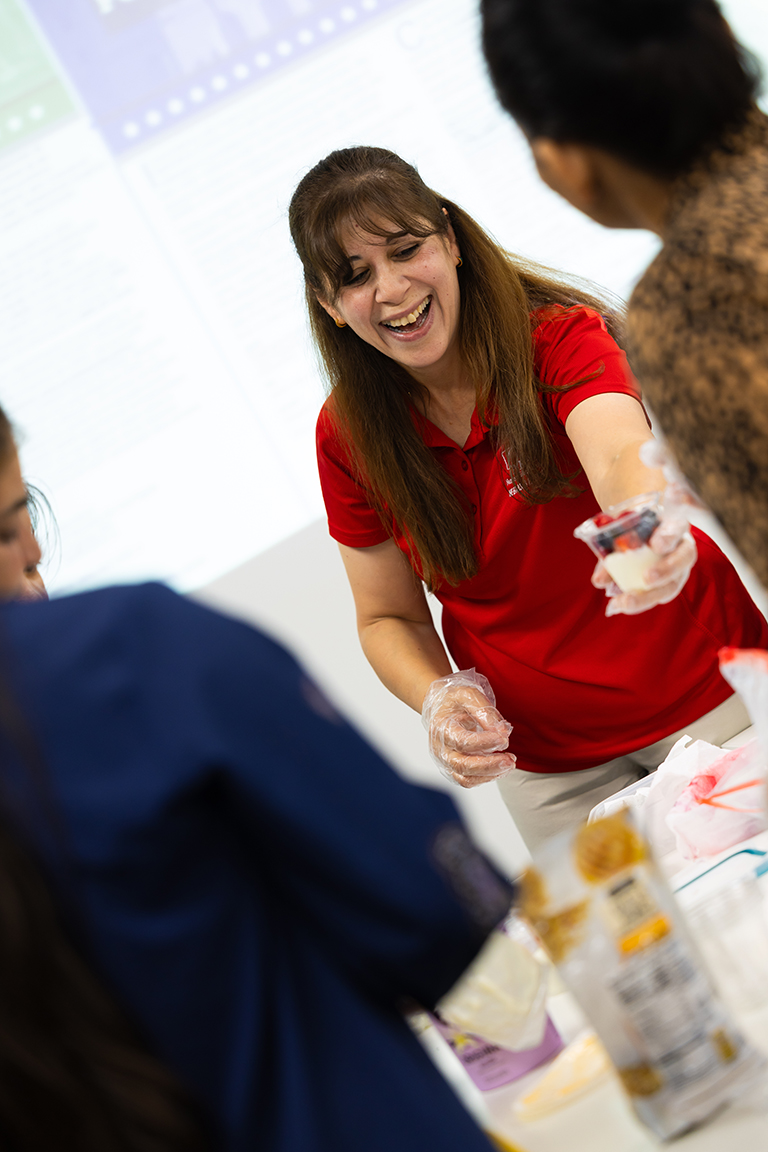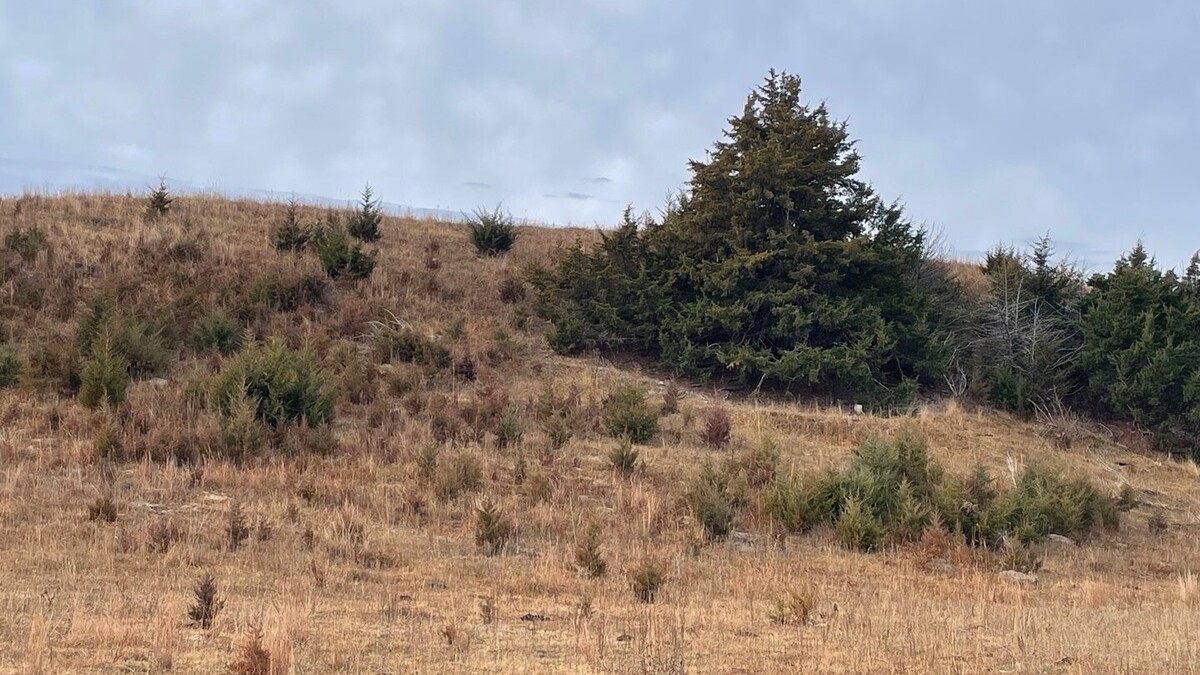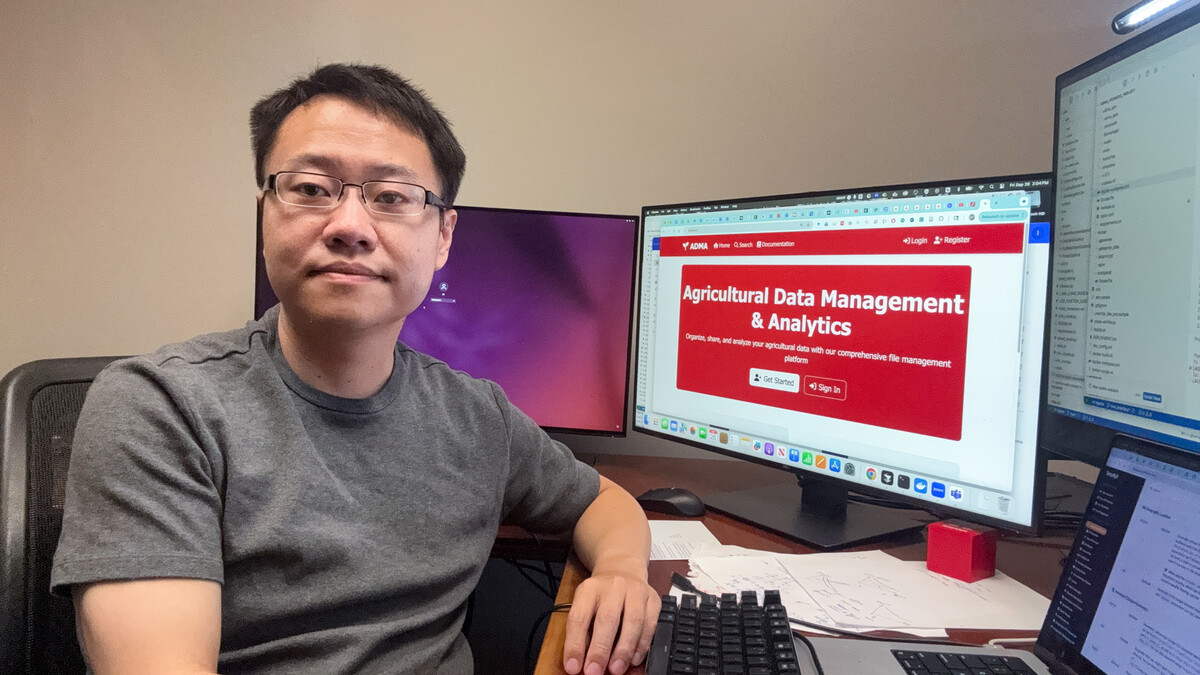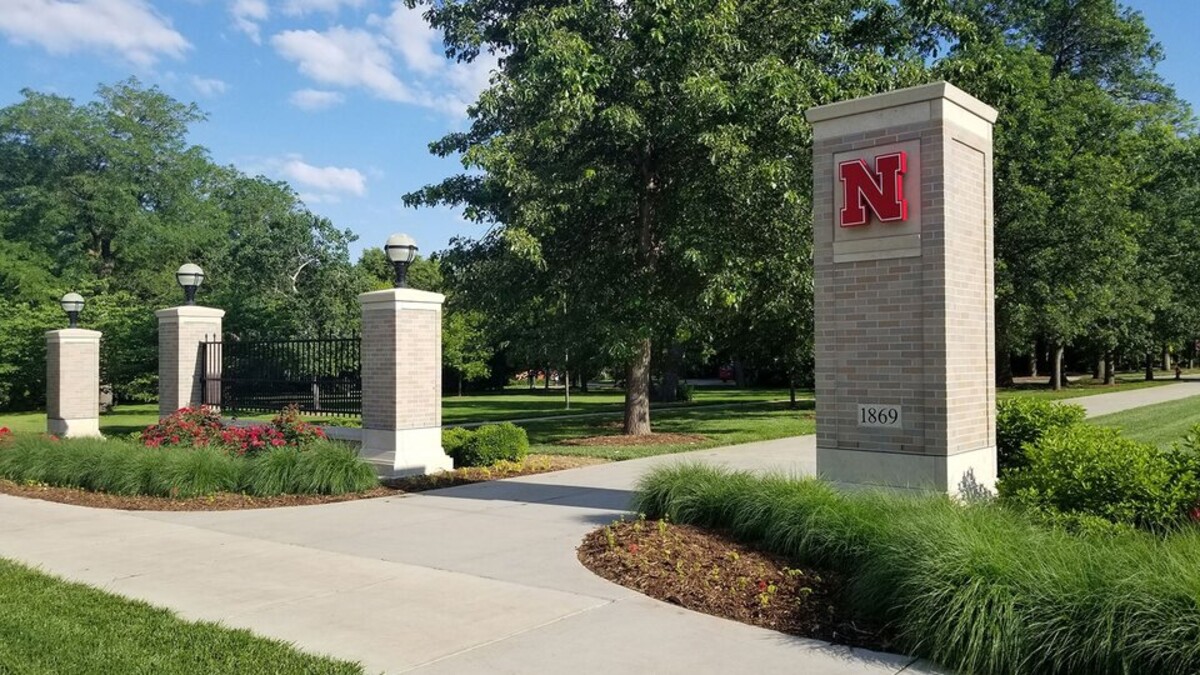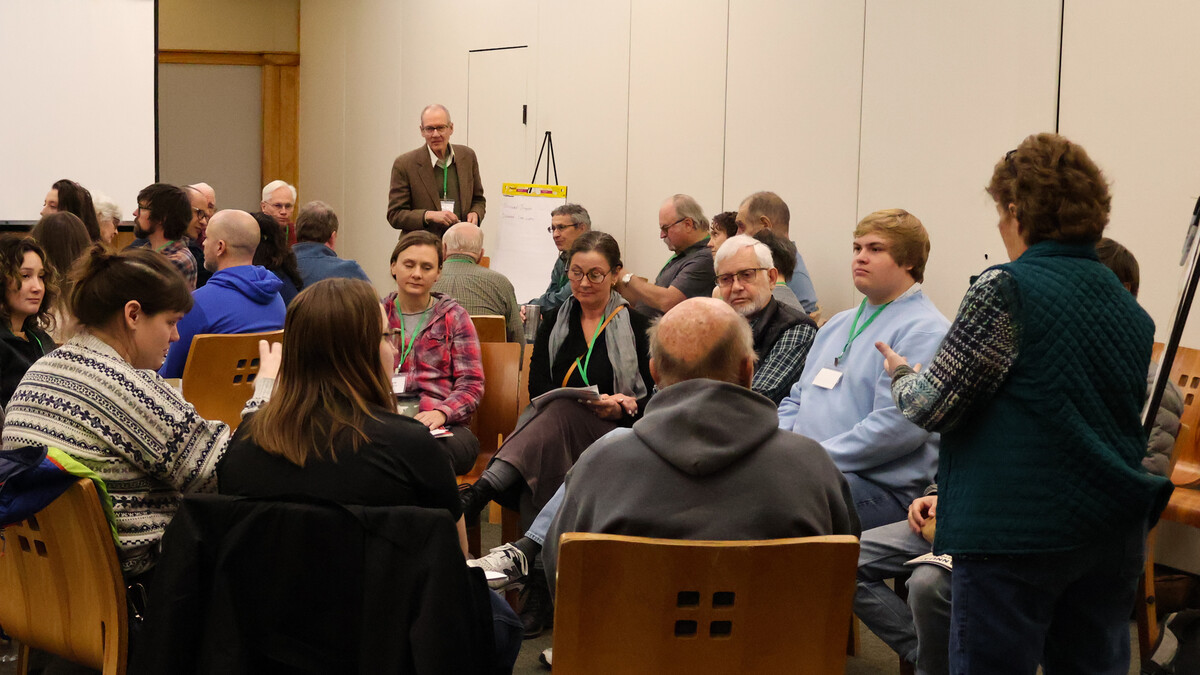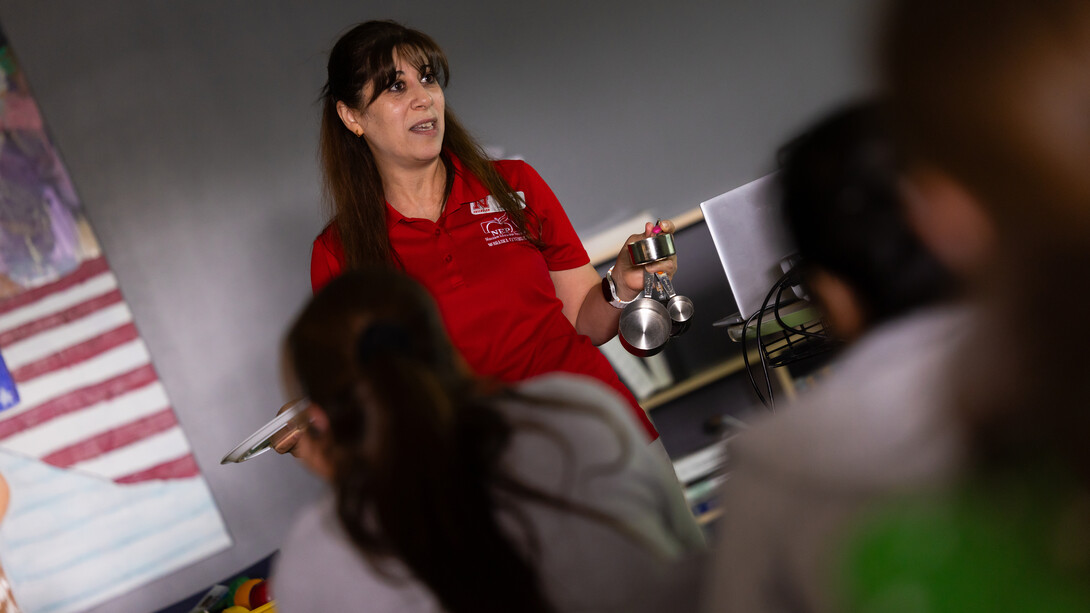
A University of Nebraska–Lincoln partnership is showing people how one of the comforts of home can help them live healthier lives.
Nebraska Extension’s Nutrition Education Program partners with the Center for People to provide classes on nutrition and health. During English Language Learning classes at the center, which provides services and educational programs to help people become economically independent, Extension staff members teach new arrivals to the United States about how to make healthier dietary choices in an entirely new environment.
“We have a whole different food system, so it’s helping them navigate that food system and retain their healthy habits,” said Emily Gratopp, Extension educator and coordinator of the Nutrition Education Program in Lancaster County.
The Nutrition Education Program reaches about 26,000 people in Lancaster County alone. The statewide program is funded by the Expanded Food and Nutrition Education Program (EFNEP) and the Supplemental Nutrition Assistance Program-Education (SNAP-Ed). In addition to the Center for People, the organization works with local organizations like food pantries, community gardens, Lincoln Public Schools and child care centers to increase healthy food access and educational programming.
Through partnerships like the one with the Center for People, Lancaster County’s EFNEP-funded efforts have provided nutrition education to about 450 new Americans since 2023.
Topics covered include nutritional needs and portion sizes via the MyPlate and Dietary Guidelines for Americans, building a healthy diet on a budget, food safety practices, reading food labels and how to be more physically active. Gratopp said many people in these populations may have less access to resources like dietitians or nutritionists, may be under-insured and are navigating a new health care system.
“It’s an area of education they’re not getting in other places,” Gratopp said. “You’re not getting a lot of resources for how to actually take care of your health in a 15-minute doctor's appointment.”
The program provides a series of classes and relationships with nutrition educators over time to help people create lasting healthy behavior changes.
Kathy Najjar, Refugee Employee Assistance Program coordinator at the center, said some in her class have little or no formal education and are getting nutrition and health education for the first time. In some cases, it’s helpful just to learn how to cook ingredients that aren’t common in their home country, Najjar said.
“For many people, most of these foods are unfamiliar,” she said. “When we get asparagus in (our food pantry), people don’t know how to cook it.”
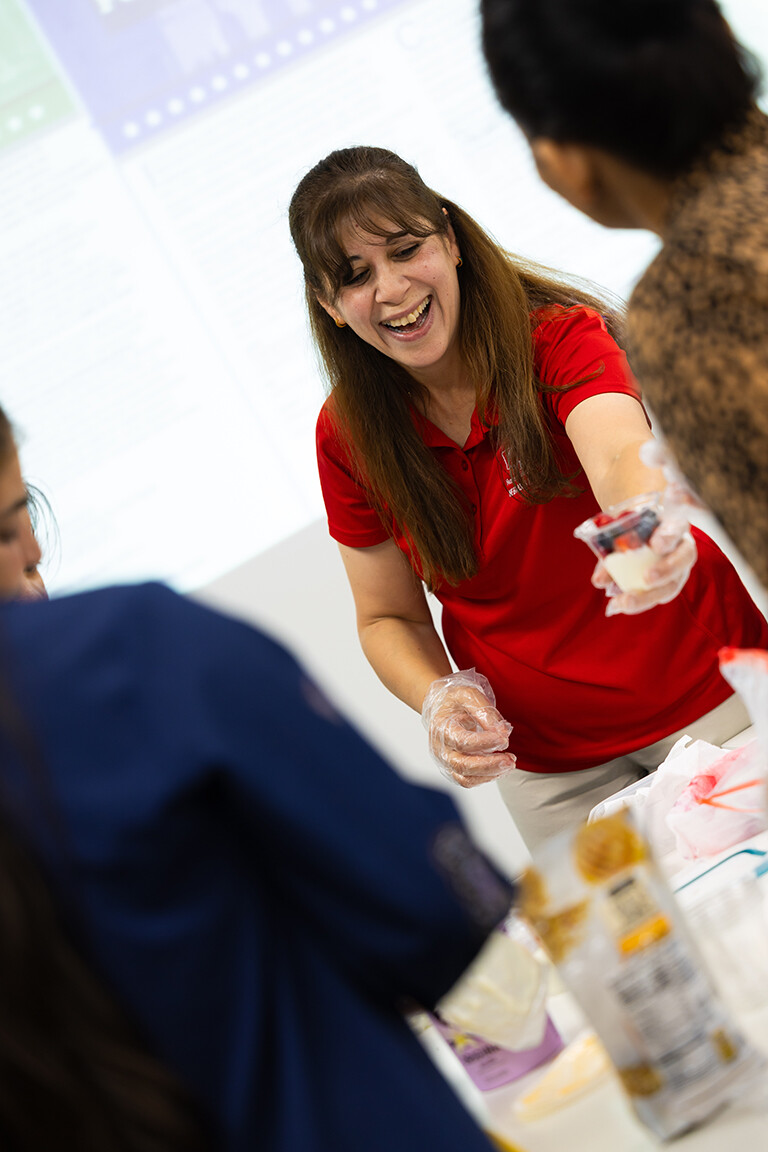
Zahraa Rida, extension assistant for the Nutrition Education Program in Lancaster County, teaches the EFNEP lessons at the Center for People. Rida speaks multiple languages and understands from her own experience some of the cultural differences participants might experience. Rida takes the participants on a “grocery store tour” and directs them how to select healthier products by reading food labels. She also demonstrates better ways to keep food safe during transport, preparation, cooking and storing.
“Back home, we didn’t have low-fat or non-fat milk; we had whole milk,” Rida said. “So I teach them about (those options) and it opens eyes for them to know how food is different than back home.”
Rida uses visuals to show how making those changes can have health benefits like lower cholesterol or blood pressure. She also often lets class participants select their own recipes and discusses how to modify them by reducing salt and fat and adding herbs and spices.
“I modify it to tell them how we can make it healthier, like less salt, less fat, less oil,” she said. “Most of them like it. They say, ‘There’s no difference, so why do we need to add that salt or fat?’”
Rida said that repeated conversations like these, along with an understanding of cultural practices, are essential to building trust with her class at the Center for People. This trust not only helps her better understand participants’ needs, but makes them more open to listening and making meaningful changes.
Staff from the Nutrition Education Program follow up with participants to collect data about their biggest takeaways. According to Gratopp, more than 90% of participants report eating more fruits and vegetables, getting more exercise and changing some of their food safety practices.
“We try to give them the tools to make the choices themselves,” Gratopp said. “We know they’re making these healthy changes, and our hope is that they’re not only making those changes now, but they’re also passing that on to the next generation so they’re raising healthier families.”
Share
News Release Contact(s)
Related Links
Tags
High Resolution Photos
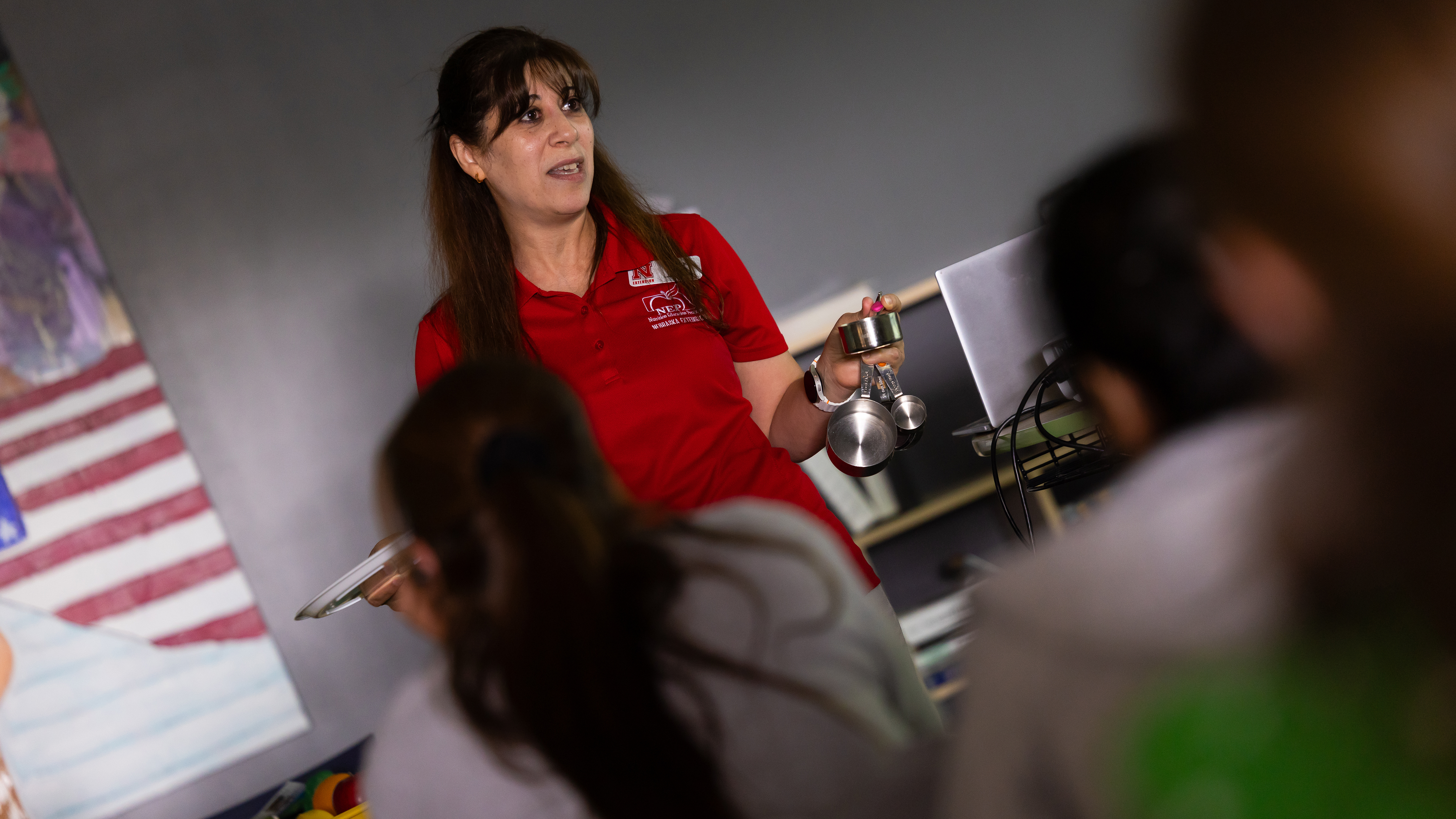
HIGH RESOLUTION PHOTOS
